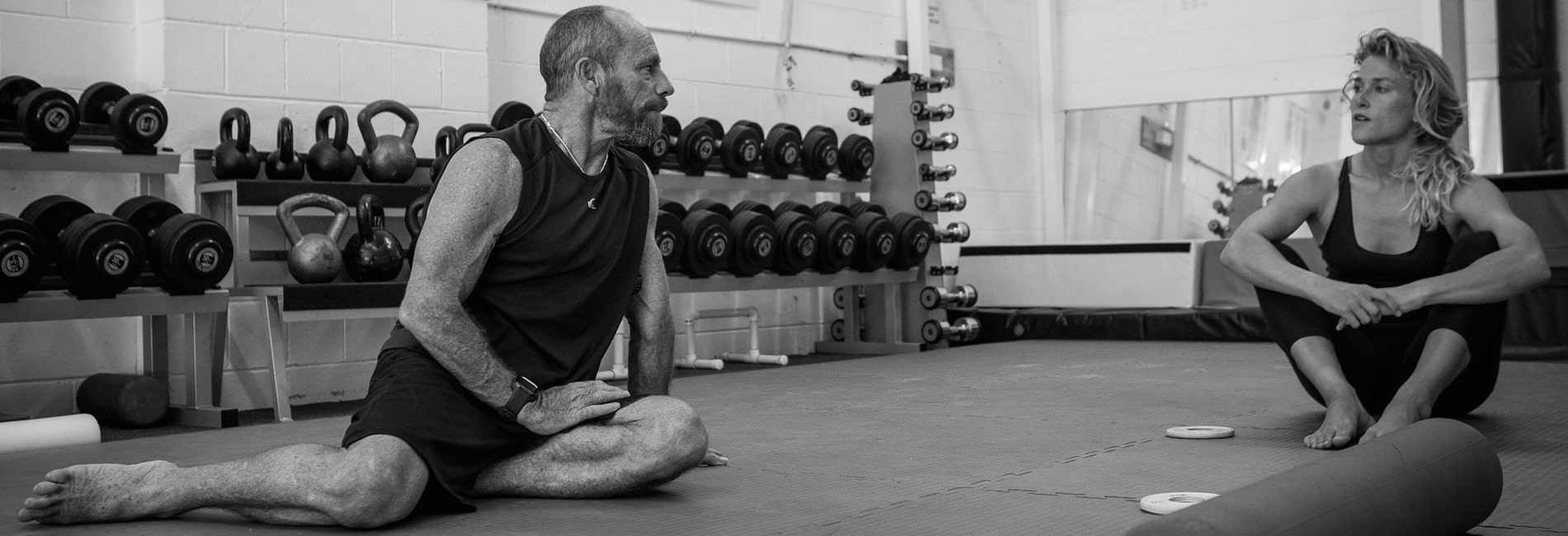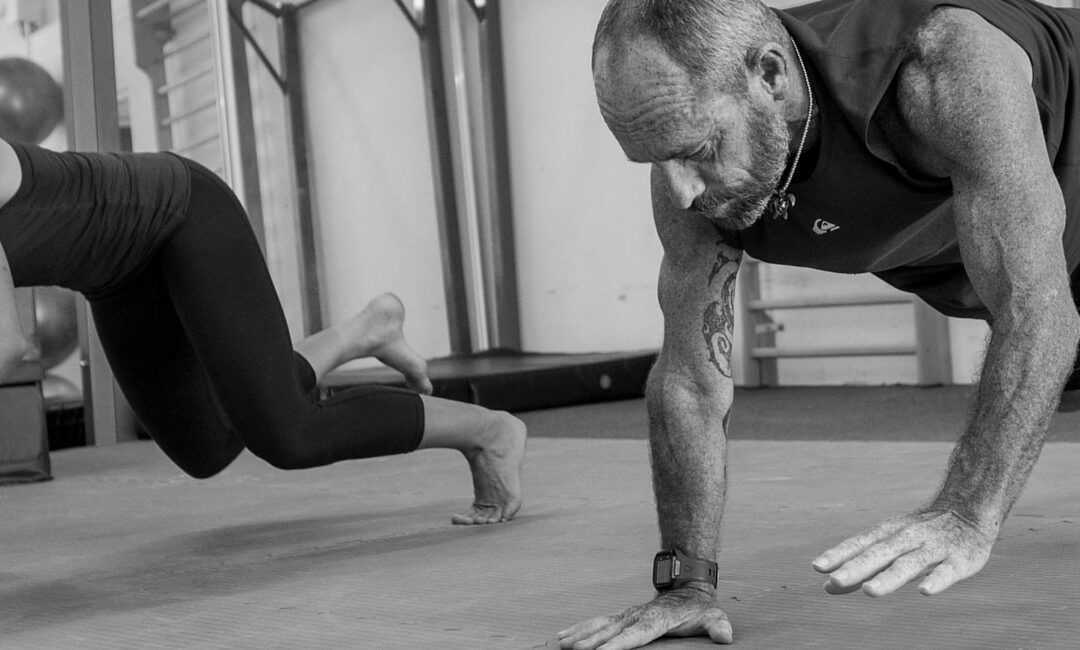Professional surfing demands not only skill and athleticism but also a finely tuned approach to physical conditioning. In the realm of competitive surfing, where split-second decisions and peak performance are crucial, the importance of comprehensive preparation cannot be overstated. This article delves into the intricacies of preparing professional surfers for the rigors of competition, examining the multifaceted training strategies and specialized techniques employed to optimize performance in the unpredictable and dynamic environment of the ocean. From enhancing strength and agility to honing mental resilience, surfers undergo a tailored regimen designed to equip them with the physical and mental tools necessary to excel on the world stage. Enter Surf Strength and Conditioning.
Strength and conditioning programs need to be tailored to each individual’s body, their chosen sport, current strengths and weaknesses, psychological state, and desired competitive level. Strength training isn’t solely about building muscle mass and lifting heavy weights; it’s about cultivating coordinated, well-conditioned muscles that perform optimally. It’s important not to confuse strength training with bodybuilding, powerlifting, or Olympic lifting. Successful surf strength and conditioning programs create light, athletic, mobile, flexible, strong bodies that have the ability to move fluidly and powerfully.
1. Linear Progressions for the Beginner Strength Student
A) Mobility and Stability
During the initial 2-4 weeks, focus on establishing a foundation of joint stability and mobility. Merely increasing passive flexibility can predispose surfers to injuries. Surfers require both mobility (involving multiple joints) and flexibility. Mobility entails the capacity to move joints into flexible positions while maintaining stability and strength in those positions.
Commence each session with mobility drills and prehabilitation exercises as needed to prevent injuries. Common areas requiring additional strength to prevent injury include the mid and lower trapezius, posterior deltoids, serratus anterior, deep neck flexors, neck extensors, glutes, hamstrings, shoulder external rotators, and trunk rotation to the less dominant side. Upper body strength endurance is crucial for surfers to sustain paddle intensity and navigate through waves effectively. This phase lasts for 2-4 weeks.
*Surfers, being contralateral athletes, benefit from single-arm or alternating-arm movements such as alternating pulls, pushes, and single-leg squats. Whenever feasible, I advocate for utilizing predominantly bodyweight mobility and strength exercises, which can vary from low to maximum intensities depending on execution.
C) Strength (6-12rep)
Focus on developing traditional lifts alongside other free-weight and bodyweight strength exercises. Traditional lifts include the back squat, front squat, conventional deadlift, sumo deadlift, military press, bench press, pull-up, and chin-up. Incorporate unilateral exercises such as Bulgarian split squats, split stance deadlifts, one-arm bent-over rows, and one-arm overhead presses. Strength and power are crucial for quick pop-ups and short bursts of paddle power. Surfers require a mix of hip and knee-dominant exercises, both single and double leg movements, and training on both stable and unstable surfaces. This phase lasts for 4 weeks.
D) Max Strength (1-6RM)
This phase, lasting two weeks, focuses on stimulating the highest threshold muscle fibers for enhanced strength gains. For athletes new to this intensity, additional time may be allocated to higher rep ranges (5RM or 6RM) to ensure correct technique acquisition, laying the foundation for a more powerful and dynamic surfer.
E) Power
Limit this phase to a maximum of 2 weeks (one to two sessions per week). Focus on performing exercises explosively, such as speed deadlifts, speed box squats, push presses, medicine ball throws/slams, bench throws, plyometric jumps/push-ups/bounds, box jumps, pop-ups, sprints, and stair bounds. Strength and power are essential for short bursts of paddling, quick pop-ups, and executing powerful maneuvers. In surfing, training rotary power or anti-rotary power for fast turns and explosive maneuvers is also crucial. For athletes new to these exercises, prioritize learning correct lifting technique before progressing to power training.
Once the surf athlete has completed at least one full cycle of this linear training from A to E, I would then utilize a Conjugate method of training. This method involves rotating lifts and types of training rather than focusing solely on one aspect. It’s essential for maintaining the neuromuscular development already achieved and keeping the athlete in a prepared state, as surfing events can occur anywhere from 0 to 3 times per month throughout the year. In such a scenario, a linear periodization system wouldn’t be practical as time constraints wouldn’t allow the athlete to complete a full linear training cycle leading to their peaking phase. Instead, they need to maintain strength, strength endurance, power, and conditioning year-round, and the conjugate periodization system is the most suitable approach for achieving this.

2. Congugate Periodisation – Surf Strength & Conditioning
pop up unexpectedly. I believe that the linear periodization system may detract from certain strength aspects as another is being developed and the next phase is entered. For instance, transitioning from a power phase back to a strength endurance phase can lead to a detraining effect on the power gained in the previous phase. Moreover, as Louie Simmons (Westside Barbell) once told me, if you work on power for 2 weeks and then switch to the next phase, you miss out on the potential benefits of continuing to cycle power exercises throughout your program due to a lag phase in the body’s ability to adapt to the training stimulus.
The conjugate system for a professional surfer would comprise three main training aspects:
A) Mobility Work
This section includes soft tissue work, active stretches, self-mobilisations and full-range strengthening to allow your body to move the way your mind wants it to. This is perhaps the most undervalued aspect of strength and conditioning but is increasingly gaining more attention, particularly for surfers of all ability levels.
B) Strength Endurance Work
Engage in lower-intensity, higher-rep sets (12-30 reps). Rotate exercises weekly by altering execution methods or switching exercises entirely. Execute in a circuit with minimal rest. These endurance drills can serve as a “finisher” after a strength or speed session or as part of conditioning.
C) Heavy Lifting (3-6 RM)
Lifts are rotated each session. Examples of maximal lifts could include conventional deadlifts, sumo deadlifts, split stance deadlifts, box squats, powerlifting squats, hip thrusts, single arm press (triples), weighted pull-ups, etc. Training at near maximal intensities once per month (or less) would stimulate the higher threshold muscle fibres (for power and strength) without leading to unnecessary muscle bulk or restricted range of motion, and would not overload the central nervous system as would training maximal every session. Switching the main lift each session by either changing the way the exercise is performed (bands, decline, grip, chains, etc) or switching the exercise entirely ensures you can train heavy throughout the year by rotating main lifts. 3RM clusters for the squat or deadlift could also be good (3 X 1 rep lifts with 10 sec rest between each lift) which could be less risk of injury.
I would prioritize training complex bodyweight movements at high intensities, alongside free weight and barbell training. Surfers require dynamic strength coupled with ample mobility. Consider incorporating gymnastics sessions, including flips, aerials, landings, and more, to further enhance overall athleticism.
D) Dynamic / Speed / Power Work
Exercises are rotated every 1-3 weeks. For a professional surfer, dynamic lifting is typically performed once per week or fortnight. Choose 1-3 exercises to execute explosively, considering the complexity and central nervous system demand. Follow with accessory and supplementary work to bolster main lifts and address any existing muscle imbalances.
A sample workout could comprise speed squats (1-3 reps per set), plyometric jumps off a high box (5 reps per set), and medicine ball slams (6-10 reps per set). Subsequent accessory sets might include single-leg deadlifts (8-10 reps), cable woodchops/trunk rotations (8-12 reps), and shoulder rotator cuff exercises (15-25 reps).
E) Conditioning
Focus on metabolic conditioning to enhance surfing performance, targeting both aerobic and anaerobic energy systems. For elevating the anaerobic threshold, integrate this training once per week or fortnight, tailored to the athlete’s specific needs. Enhanced paddling performance, requiring sustained intensity and power, draws upon both aerobic and anaerobic systems. While the aerobic system supports paddling out to catch waves, the anaerobic system is crucial for rapid bursts of power during wave entry, pop-ups, and dynamic maneuvers. Conditioning examples may involve:
- resistance training circuits (eg. 30 second stations with no rest)
- outdoor sprint training land / water
- stair climbs
- breath training land / water
Big note: In considering program design, the swell conditions will certainly affect training and weekly scheduling of training will be strongly influenced by how good the waves are on a certain day. Therefore, programming will need to allow for flexibility in session times.
In surfing, the athlete obviously needs time in the water, just as an athlete needs skill/tactical training. I would be educating the athlete on the benefits S&C will provide to their surfing, and aim for at least 3 sessions per week with them (2 strength and 1 conditioning/mobility). Each session is influenced by their energy and strength levels on the day.
Tapering for an Event
Tapering typically entails a 40-70% decrease in regular training load. When tapering for a surf event, I focus on reducing volume rather than intensity. I believe it’s crucial to maintain high intensity for physical and psychological readiness. For instance, if an athlete usually does 3-4 sets during preparation, reducing that volume to 1-2 sets during competition season preserves intensity. This adjustment allows for a deload leading up to a competition while still providing reserves for additional training.
I would cease heavy strength training a week before the scheduled competition date and avoid any heavy or intense workouts during this period. Instead, I prioritize mobility and prehabilitation work, along with arranging consistent bodywork throughout the athlete’s program.
In conclusion, the journey of preparing professional surfers for competition involves a meticulous blend of scientific training principles, personalized programming, and an acute understanding of the demands of the sport. From enhancing mobility and stability to building strength endurance, power, and agility, each phase of the training process contributes to the overall goal of optimizing performance while minimizing the risk of injury. Moreover, the implementation of a conjugate training system allows for continuous improvement and adaptability, ensuring that surfers are always prepared to tackle the challenges of their dynamic sport. By prioritizing mobility, strength, and conditioning, surfers can not only excel in competition but also enjoy a long and sustainable career riding the waves.
